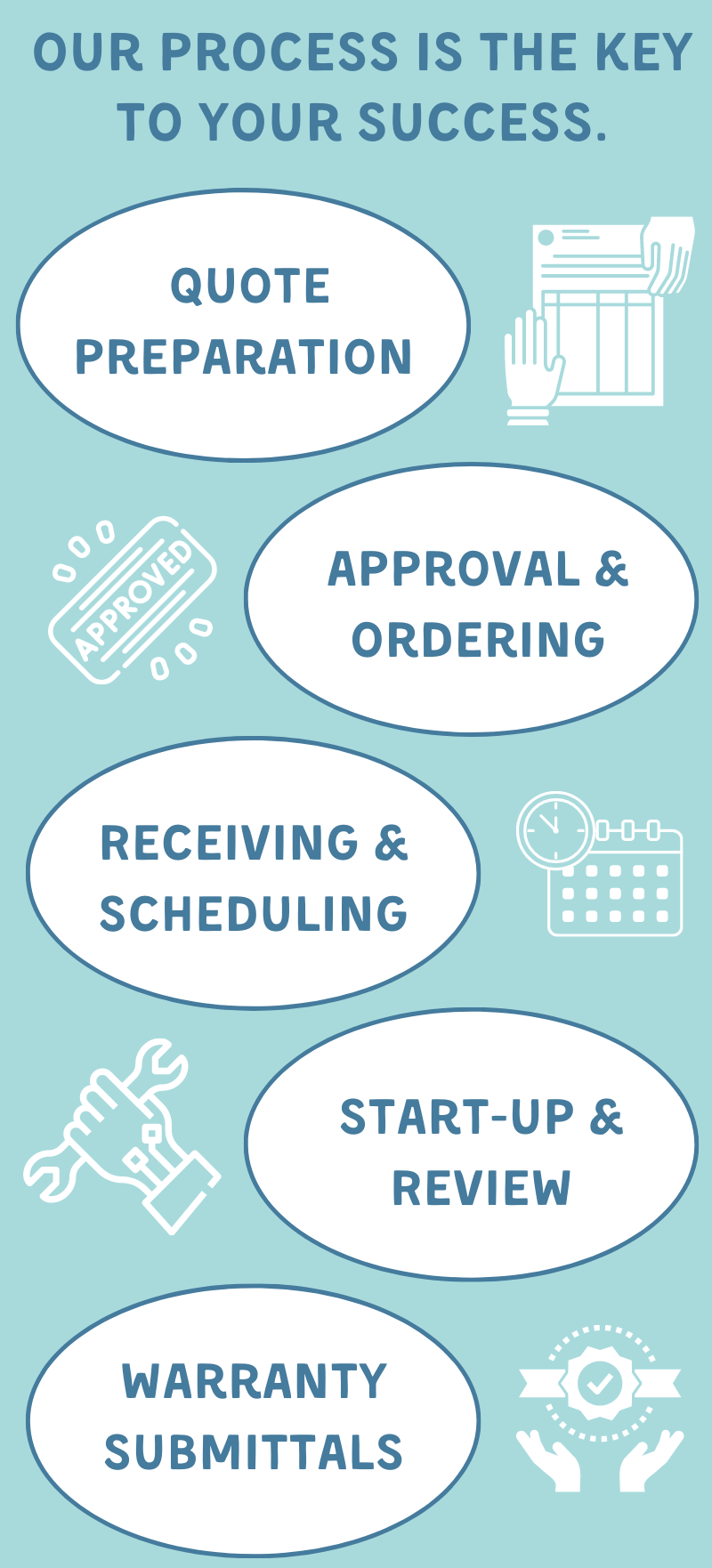Commercial Kitchen Equipment Installation Job Process
 When it comes to a commercial kitchen installation, you want as few headaches as possible. One way to ease your mind during your install is to hire an honest and reputable service company that keeps you updated every step of the way. That’s where EMR comes in! From full kitchen installation to single or multi-unit replacement, EMR can take care of your commercial kitchen installation needs. EMR’s installation project manager, Dennis Bartkowiak, and installation estimator/project coordinator, Robert Guerndt, discuss the installation job process and share pro tips from the field!
When it comes to a commercial kitchen installation, you want as few headaches as possible. One way to ease your mind during your install is to hire an honest and reputable service company that keeps you updated every step of the way. That’s where EMR comes in! From full kitchen installation to single or multi-unit replacement, EMR can take care of your commercial kitchen installation needs. EMR’s installation project manager, Dennis Bartkowiak, and installation estimator/project coordinator, Robert Guerndt, discuss the installation job process and share pro tips from the field!
Quote Preparation
A request for quote is received from the customer followed by the scope of work, which details the needs of the installation job, outlining general equipment necessities from cooking to refrigeration, to ware washing. Customers look to the service agent as the expert in guiding them toward the right purchase to meet their commercial foodservice needs. During this stage, the service agent seeks to discover information like the following:
- What application is the equipment needed for? This gives us a sense of how often the equipment is running, for how long, and what the demands are.
- What utilities does the equipment require compared to what is available onsite?
- What electrical equipment and sizing is needed?
- What are the space requirements for the equipment?
- Will the equipment need to go up or down any stairs?
An onsite visit is scheduled with the customer to review the scope of work and determine the best approach to the job based on the service agent’s recommendations and the kitchen specifications. Spaces vary kitchen to kitchen. This is a key step in the process to ensure the recommendations are sound.
Approval/Ordering
With customer approval in hand, the request to the equipment dealer is made. The request is often times open-ended, as offering options at various price points, allows the customer to make an informed business decision. It’s not uncommon to submit four to five manufacturers of one specific oven, for example, at various prices. Once all details have been compiled, an official proposal is submitted for customer review and selection.
Receiving/Scheduling
A tentative schedule for the work is set. The installation team contacts the dealers to place the order(s). Service agents rely on the dealers’ lead times to manufacture, ship, and deliver the commercial kitchen equipment. Delays in manufacturing, part shortages and lengthy shipping times are a new issue to be dealt with in our industry. We then can receive the equipment at one of our (4) area branches that will be performing the installation. Once the equipment is received, it is inspected for any damage. If the equipment is cleared, the customer is contacted to schedule a firm date and time for the install. All equipment is received by the service agent, regardless of the customer’s location. At EMR, this is a quality control mechanism.
Installation Start-Up & Review
Factory-trained installation technicians arrive onsite to perform the install. The mechanical aptitude of each technician is an integral element of a quality installation. After the equipment is in place, all utility connections are made and the manufacturer start-ups begin. These are instructions prescribed by the manufacturers for their equipment to confirm it is properly functioning against factory guidelines. A review of these specifications is conducted with the customer that instructs them on the equipment operation, maintenance, and cleaning procedure.
Warranty Submittals
At EMR, we have a department dedicated to warranty. The necessary paperwork is completely based on the equipment start-up date. The forms are housed in the warranty department and supplied to the manufacturer for their records.
Pro Tips
Customers should be prepared for delays with equipment availability and lengthy lead times.
Customers who purchase their own equipment must be sure they have the right information when ordering (i.e. electrical, gas and water supplies). Making sure the space can accommodate the new equipment is a must!
More often than not we are delayed with an installation due to not having the proper utilities in place to support the new equipment that was supplied by the customer.




